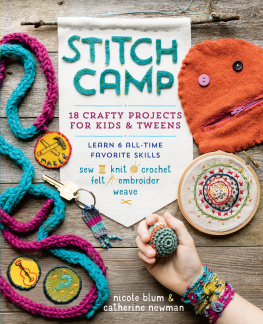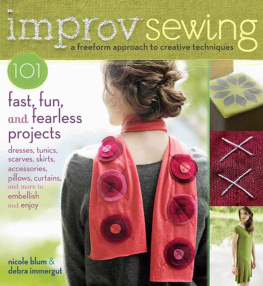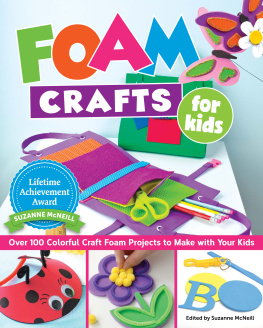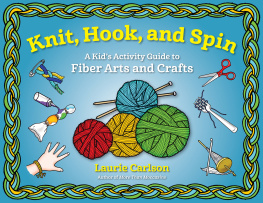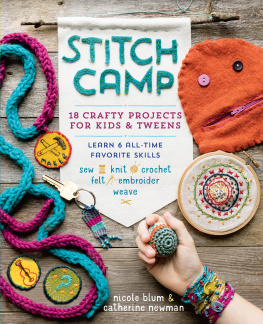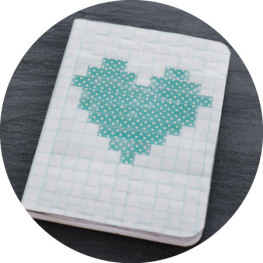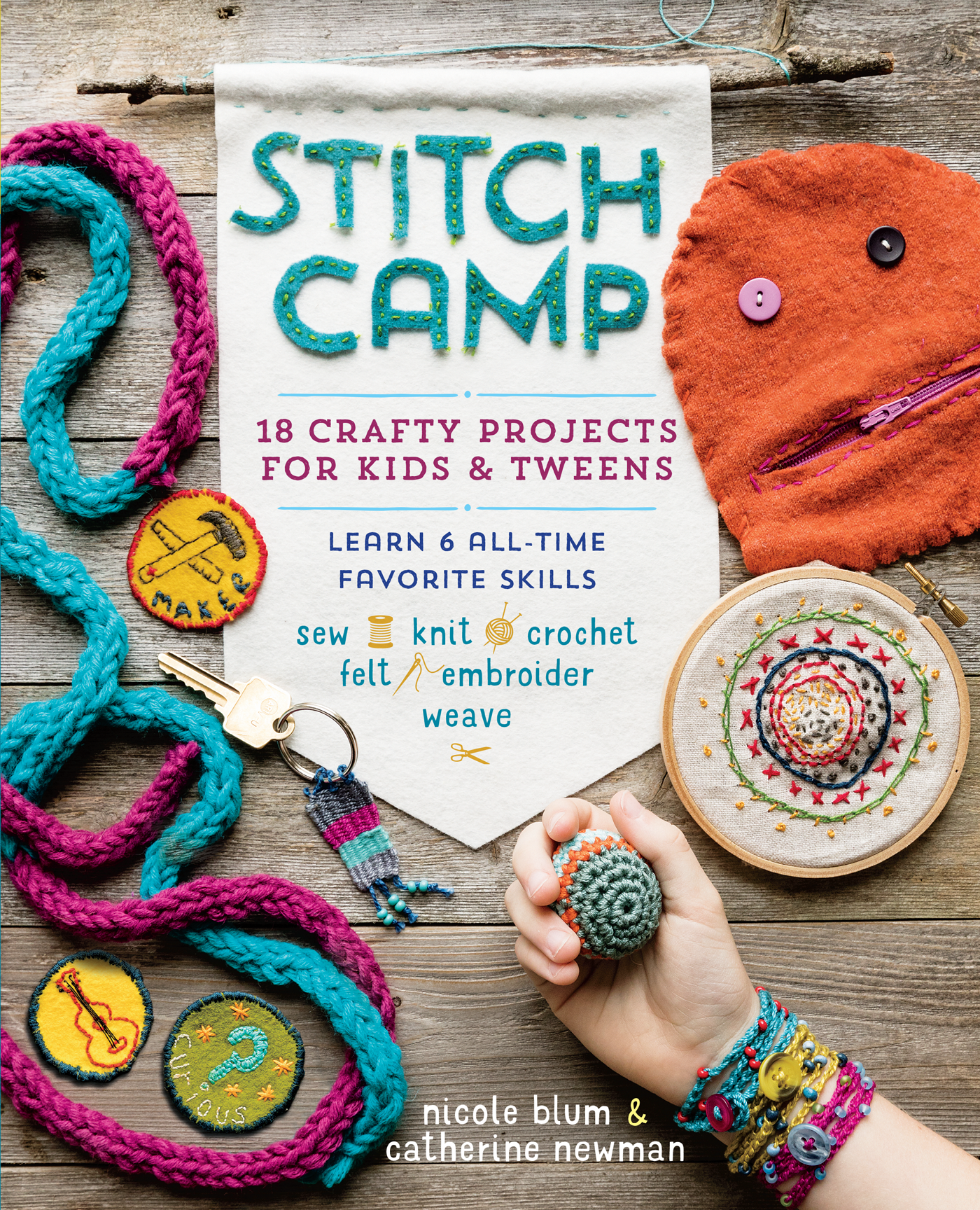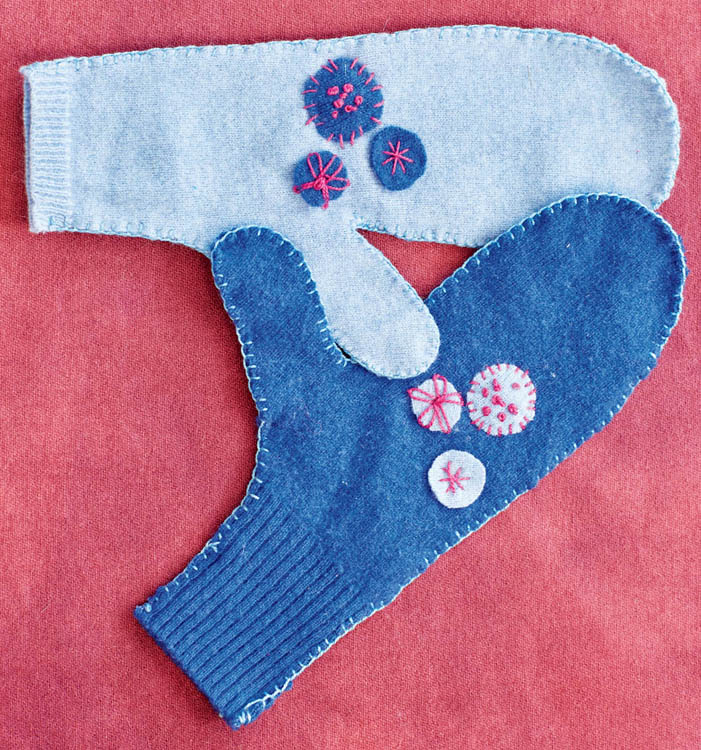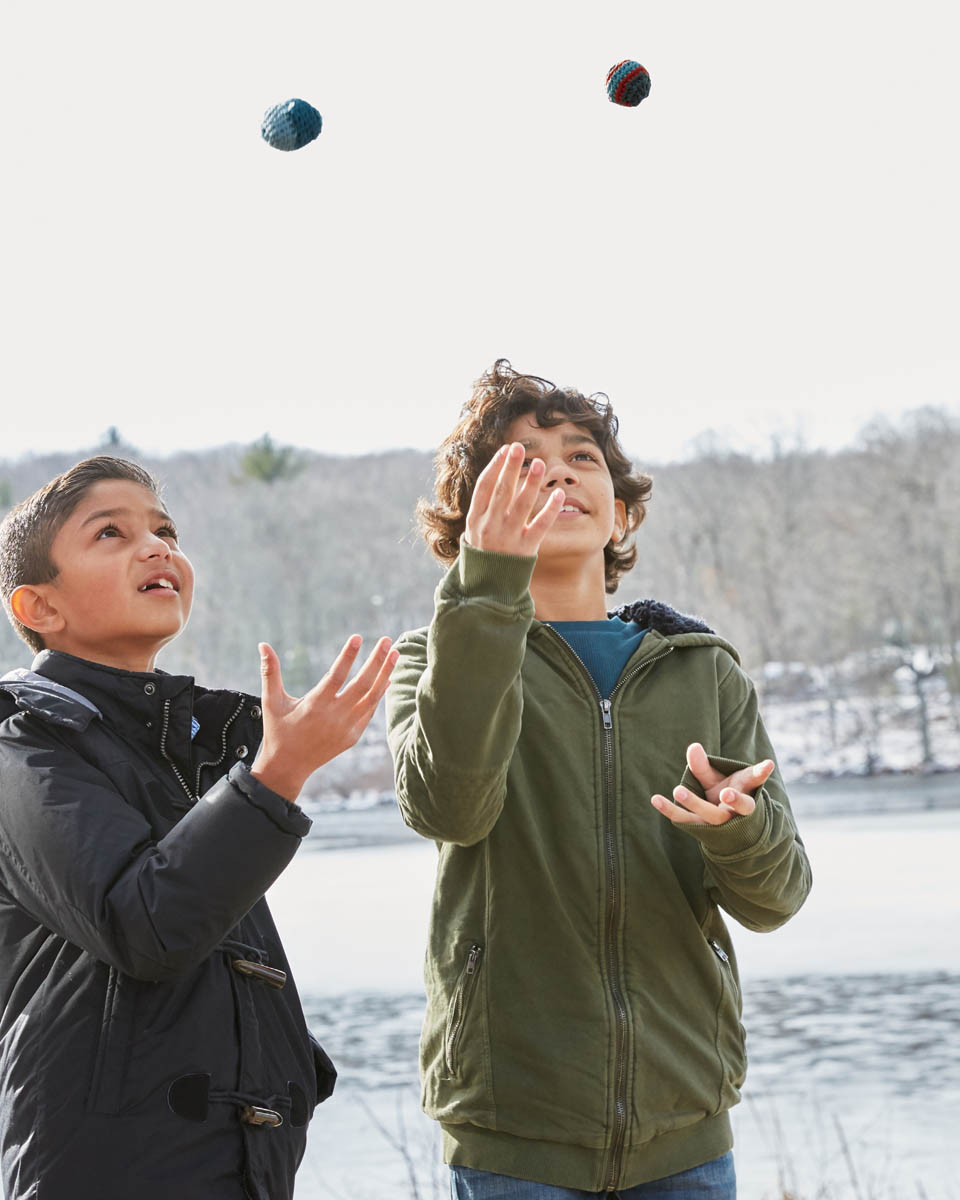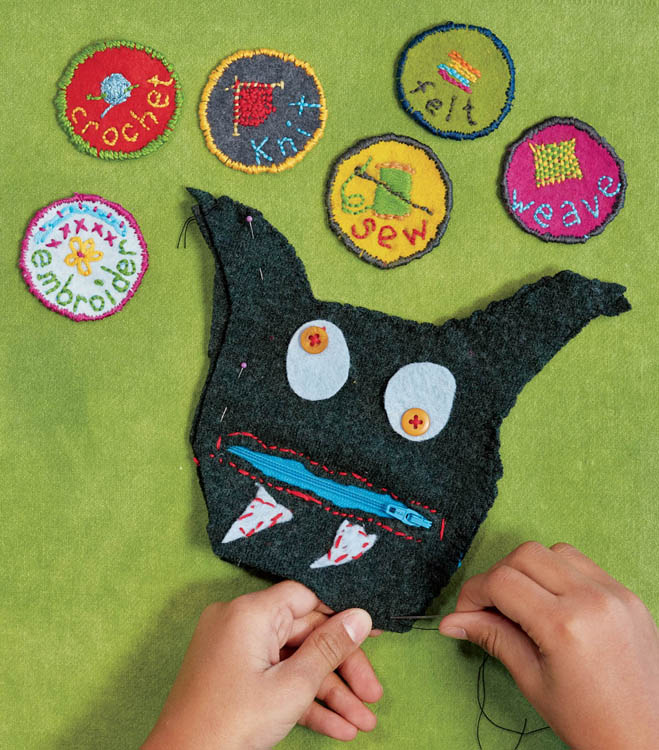For Ava and Ben and Birdy and Harry
Contents
HOW TO:
HOW TO:
HOW TO:
HOW TO:
HOW TO:
HOW TO:
HOW TO:
HOW TO:
HOW TO:
HOW TO:
HOW TO:
HOW TO:
HOW TO:
HOW TO:
Introduction: Get Ready!
Get ready to learn old-fashioned skills! Get ready to make fresh, fun projects!
When we started writing this book, it was called Fiber for Kids. We quickly enough realized that it sounded more like a breakfast cereal than a book and not in a good way so we renamed it. But fiber is still what this book is about: yarn, string, thread, and fabric, and the different crafts you can do with them, including sewing, embroidery, felting, knitting, crocheting, and weaving.
These are all old-fashioned (and just plain old) skills, but the projects in this book are fresh, and thats our favorite kind of combination! You can make lots of super-cool stuff, but youll get a chance to unplug and unwind, to use your own two hands, to make awesome, inexpensive gifts for your family and friends, and to do something deeply satisfying that needs no batteries, doesnt involve a trip to the mall, and frees up your mind to talk or think or listen to music as youre doing it.
These are productive activities instead of consumer ones, which means that youre making things rather than buying them and using them up, and (as our own kids are sick of hearing about) theres pretty much no better feeling in the world than that. Are you simply knitting some shoelaces? No. Youre becoming a more capable, resourceful, and creative person. (And youre knitting some shoelaces.)
Were covering what we think of as the basics. Our idea is that you can pick up this book and learn any of the skills you need to make all of the projects in these pages, before going on to be lifelong sewers and weavers, knitters and crocheters. (What? Is that too much to ask?)
The chapters dont need to be followed in any particular order, but weve organized each chapter from the easiest project to the hardest, so that you can build skills as you go. If you want to skip around, thats fine; you might just have to refer back to an earlier instruction to learn the necessary skill. You may also need to refer to other chapters as you work, because many of the projects involve more than one type of craft. In other words, you will felt in the knitting chapter, sew in the crocheting chapter, and embroider in the felting chapter.
Youll see that we have lots of instructions in these pages, but we also want to encourage you to improvise (make something up) and experiment: to not follow the rules, to figure out a way that works better for you, to adapt and adjust so that everything is just how you want it to be. You will make mistakes along the way, and thats perfect not only because thats how you learn and thats how you understand the problems that need solving, but also because thats how you invent new techniques and better ways of doing things.
We have lots of instructions in these pages, but we also want you to improvise and experiment: to NOT follow the rules, to figure out a way that works better for you.
Look Up!
If youre reading this book and you see a term you dont know, try looking it up in the .
Getting Started
Because these six crafts require different materials and skills, were introducing each one separately in the chapters that follow. But whichever craft you choose to do, you will need materials, and we cant help recommending that you be as thrifty and resourceful and recycle-y as possible!
Gather materials from your home think old sheets, odds and ends of string and yarn, outgrown clothes that can be cut up and from generous relatives who have fabric stashes you can raid or knitting needles theyre not using right now. Look in thrift shops and flea markets for craft supplies, fabrics, and T-shirts and sweaters that can be recycled into yarn and fabric, as well as more basic tools, such as needles and hooks.
We like recommending recycled materials because youre just learning and you might need to start over and an old T-shirt is a less stressful thing to have sewn badly than a piece of new, expensive fabric.
But we have a slightly mixed message here (sorry) because, while we want you to use what you have or can adapt, we also want you to love the material youre using! These are slooooow crafts, which means that youll be spending a lot of time with them. If you feel like your yarn is ugly or scratchy, that times going to be less fun than if your yarn is super soft and your favorite color. Find the right balance for yourself of using what you have and investing in a few quality materials that you absolutely adore.
Our other main piece of advice for getting started, regardless of the craft youre doing, is to be patient: patient learning and patient doing. You know the expression, Its the journey, not the destination? Thats what crafting is.
Youre not knitting a hat simply to end up with a hat. If that were true, you could just buy one for a dollar from your local thrift store. Youre knitting a hat because knitting is a deeply satisfying thing to do. (Very Zen, right?) Try to remind yourself of this if you find yourself rushing, wishing something would be done already, or on the verge of giving up. Theres time; take it. So make sure youre comfortable! Warm enough or cool enough. In a work space that has plenty of light. Sitting in a way that doesnt tire your back. Working with a nice big glass of bubbly water or a mug of hot tea beside you and, maybe, a bowl of popcorn, because snacks are important.

